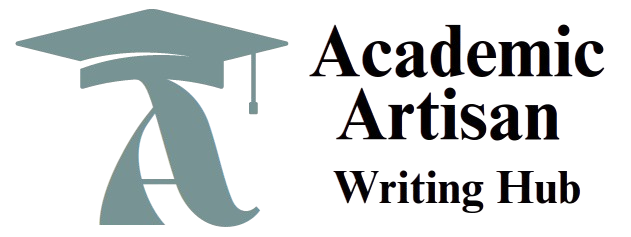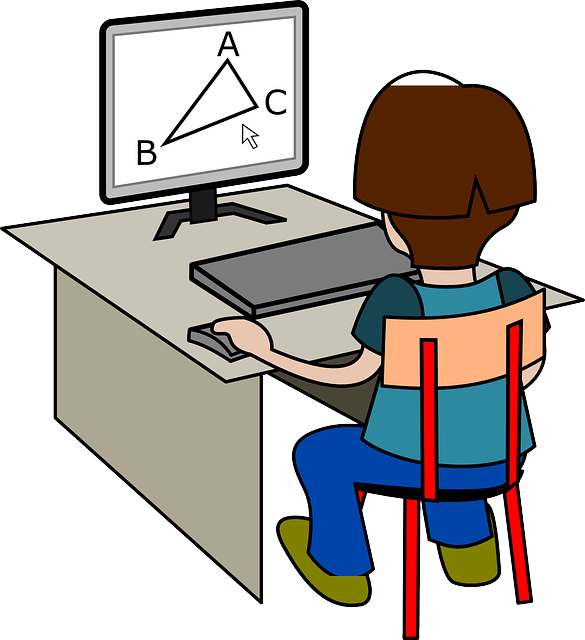WhatsApp Number: +1(249) 265-0080
Middle Range Theory Application
Analyze and evaluate a middle range theory. You will select a middle range theory and identify application of nursing theories into clinical practice.
Butts, J. & Rich, K. (2015). Philosophies and theories for advanced nursing practice (3rd
ed.). Jones and Bartlett Learning
- Components of the theory
- Discuss the major concepts of the theory
- Philosophical basis or worldview change, advancing health
- Structural aspects of the theory
- Discuss the framework of the theory.
- Identify an area of your practice where this theory could be applicable
- What question does the theory help to answer?
- Describe the area of interest in relationship to the theory/theoretical model.
- Is it appropriate for the practice setting and is it applicable?
- Discuss the strength and weakness of the theory. If there is weakness, discuss what makes it difficult to be used in practice.
- Use of theory in clinical practice.
- Performing a literature review is essential to completing this section. If there is no literature available about the application of this theory in practice, address reason(s) why based on your findings.
- Evaluation of theory
- Is this theory used to understand and apply into practice?
- What difficulties did you encounter or would anticipate encountering in using this theory?
- What would make this theory more usable or applicable to practice?
- 3 pages in length, excluding the title, abstract and references page.APA and references should be current (published within last five years) scholarly journal articles or primary legal sources (statutes, court opinions.)
Check our essay writing services here
Middle Range Theory Application
Abstract
This paper analyzes Dorothea Orem’s Self-Care Deficit Nursing Theory (SCDNT), a middle-range theory, focusing on its major concepts, philosophical basis, structural framework, and application in clinical practice. The theory’s relevance to managing chronic illness in outpatient settings is explored, supported by a literature review. Strengths, weaknesses, and usability challenges are evaluated, with recommendations for enhancing its practical application. The analysis adheres to APA 7th edition standards, utilizing recent scholarly sources.
Components of the Theory
Major Concepts
Orem’s SCDNT centers on three core concepts: self-care, self-care deficit, and nursing systems. Self-care refers to individuals’ abilities to maintain health through activities like hygiene and medication adherence. A self-care deficit occurs when a patient cannot perform these tasks due to illness, age, or knowledge gaps. Nursing systems—wholly compensatory, partly compensatory, or supportive-educative—address this deficit by providing tailored support. The philosophical basis emphasizes a humanistic worldview, promoting health by empowering patients to achieve independence, aligning with advancing health through self-efficacy (Butts & Rich, 2015).
Structural Aspects of the Theory
The framework of SCDNT is structured around a patient-centered model, where nursing interventions are determined by assessing the patient’s self-care agency against therapeutic self-care demands. This dynamic process involves six subsystems: air, water, food, elimination, activity/rest, and prevention of hazards. The theory’s middle-range status allows…


